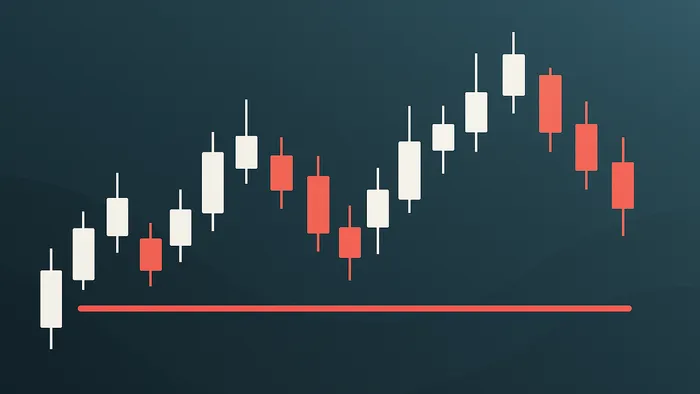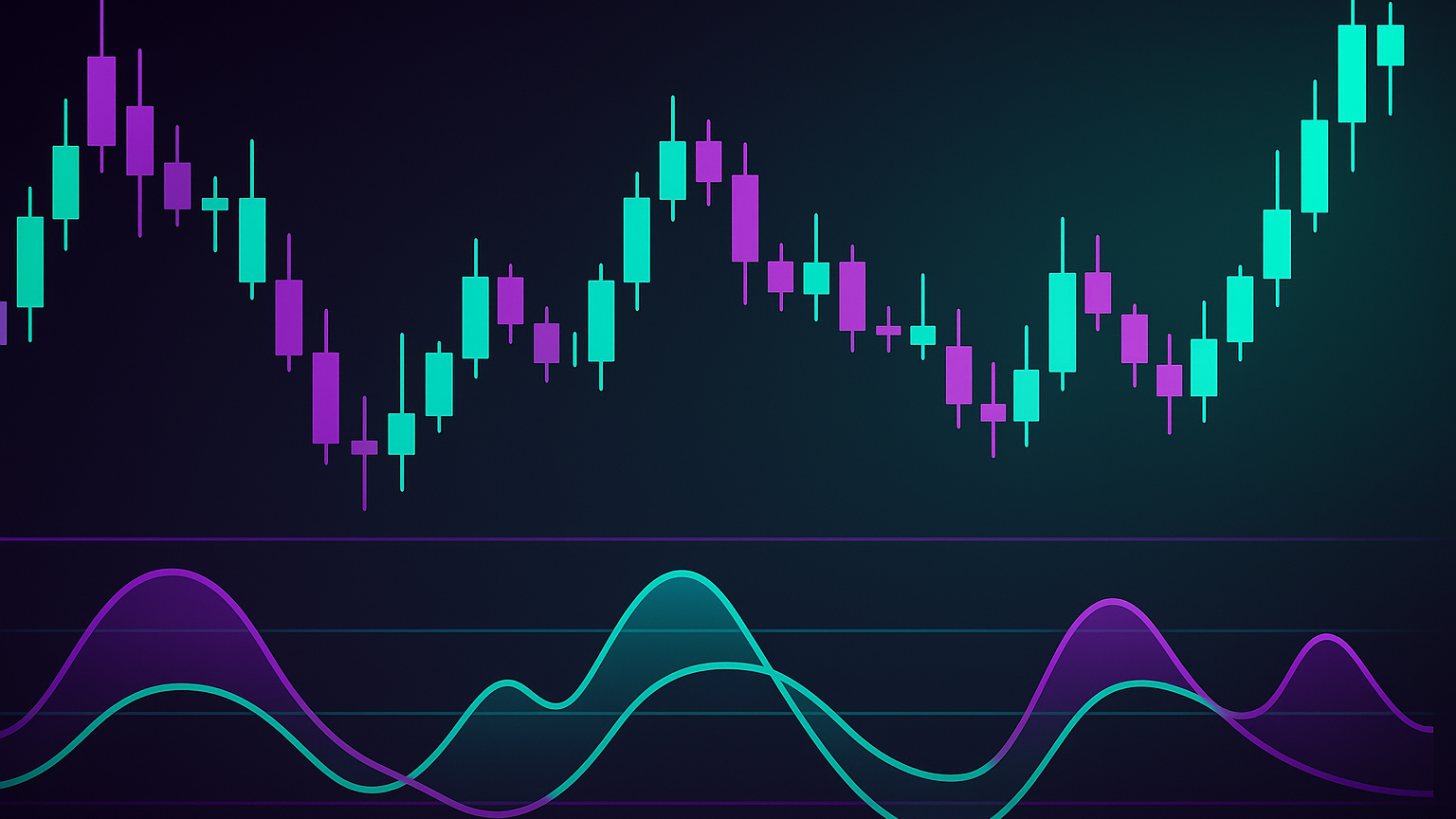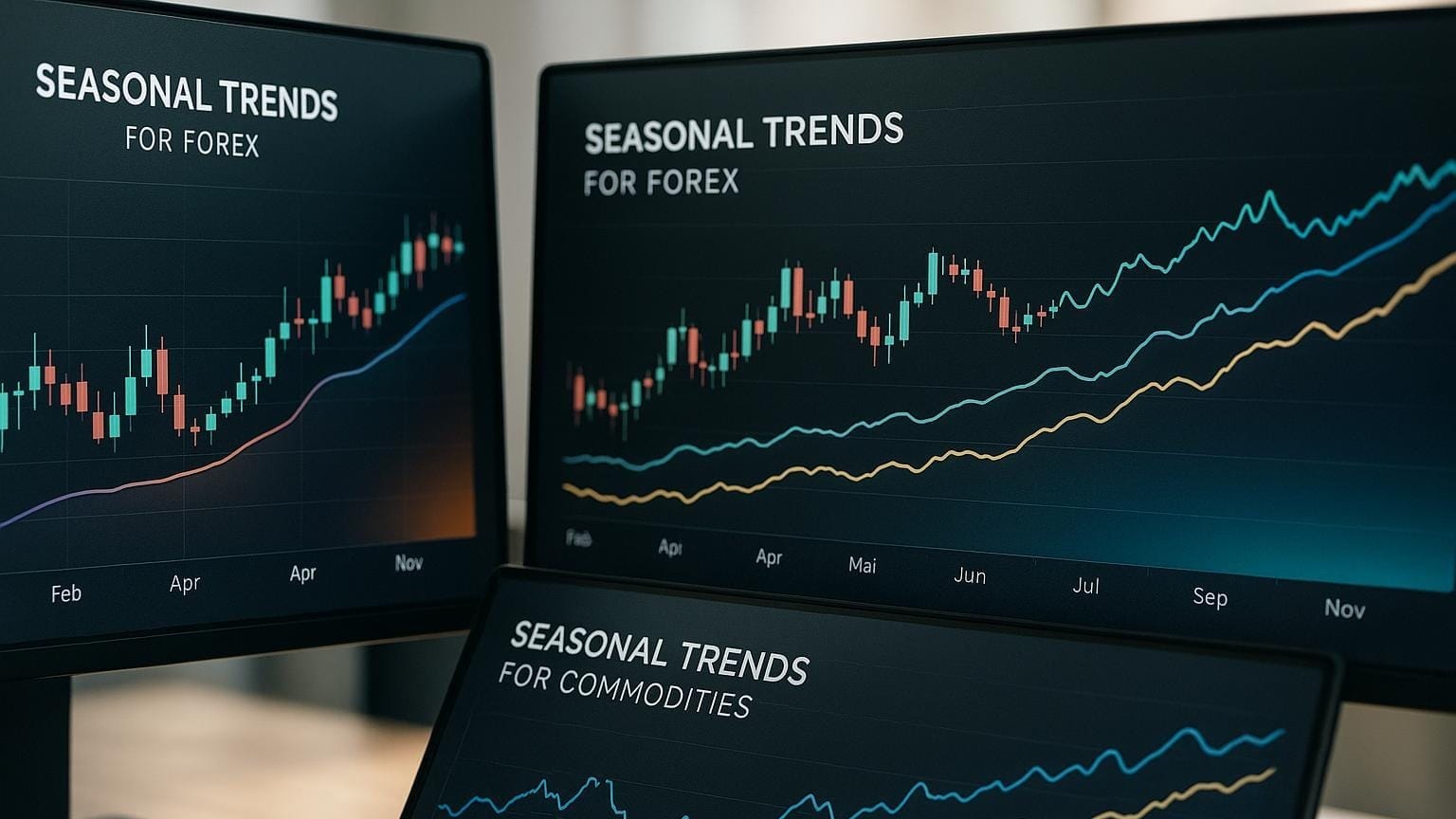Learn how stop loss indicators can protect your trading capital by limiting losses, enforcing discipline, and managing risk effectively.
Stop loss indicators are tools that help traders limit losses by automatically closing positions at predefined price levels. They enforce discipline, protect capital, and manage risk effectively. Here’s a quick breakdown:
- What They Do: Automatically exit trades when losses hit a set threshold.
- Key Benefits:
- Risk Management: Caps potential losses.
- Emotional Control: Removes impulsive decisions.
- Capital Protection: Safeguards trading funds.
- Discipline: Encourages consistent strategies.
Common Stop Loss Methods:
- Percentage Stops: Limits losses to a fixed percentage of your account.
- ATR Stops: Adjusts based on market volatility.
- Trailing Stops: Moves with favorable price changes to lock in profits.
Quick Comparison:
| Method | How It Works | Best For |
|---|---|---|
| Percentage Stops | Fixed % of account risked per trade | Simple, low-volatility trades |
| ATR Stops | Adjusts based on average market volatility | High-volatility conditions |
| Trailing Stops | Moves with price to secure profits | Trend-following strategies |
To succeed, place stops beyond key levels, test strategies, and avoid emotional decisions. Stop loss indicators are essential for staying disciplined and protecting your trading capital.
The Best ATR Indicator for Setting Stoploss
3 Main Stop Loss Methods
Stop loss strategies are essential for managing risk in different market conditions. Here’s a breakdown of three commonly used methods.
Percentage Stop Losses
This method involves setting a stop loss based on a specific percentage of your trading account. For instance, if you decide to risk 2% of your account on a trade, the size of your position will determine the distance of your stop loss. Conservative traders might risk less than 1% per trade, while those with a higher risk tolerance could go up to 10%. However, a fixed percentage doesn't always account for market volatility.
Take this example: A trader with a $500 mini account trades GBP/USD with a position size of 10,000 units (each pip worth $1). By risking 2% of the account, the stop is limited to 10 pips (e.g., at 1.5630). Unfortunately, this could result in being stopped out at a market high, missing a potential 100-pip gain.
ATR Stop Losses
ATR (Average True Range) stop losses adapt to market volatility, offering more flexibility compared to fixed stops. The calculation works like this:
- For long positions: Stop Loss = Entry Price – (ATR × Multiplier)
- For short positions: Stop Loss = Entry Price + (ATR × Multiplier)
For example, during early 2006, GBP/USD's daily range averaged 110–140 pips. A day trader using a 10% ATR stop would place stops 11–14 pips from the entry. As daily ranges increased to 150–180 pips, the stops adjusted to 15–18 pips.
Trailing Stop Losses
Trailing stops adjust automatically as the market moves in your favor. These can be set using a fixed percentage, a specific dollar amount, or even market volatility. For example, if you enter a trade at $100 with a 10% trailing stop, your initial stop is set at $90. If the price climbs to $120, the stop moves to $108, securing an 8% profit even if the price drops.
This method is particularly effective in trend-following strategies but requires careful tuning to avoid exiting too early due to normal price swings.
Setting Up Stop Loss Rules
Stop loss rules are a key part of managing risk and maintaining discipline in trading. They help protect your capital while allowing trades room to breathe.
Choosing Stop Loss Placement
When setting stop losses, it’s important to consider both market volatility and your personal risk tolerance. The goal is to find a balance—keeping your capital safe without cutting trades off too early.
For example, highly volatile assets like EUR/USD often need wider stops. As Babypips.com puts it: "Always remember to account for the pair's volatility and the fact that it could dilly-dally around your entry point for a bit before continuing in a particular direction".
Benjamin Graham highlights this principle: "Avoiding a loss takes priority over improving gains. To make up for a 95% loss in value requires the investor to make an astounding gain of 1900%".
Here’s a quick guide to stop placement based on market conditions:
| Market Condition | Stop Loss Approach | Example |
|---|---|---|
| Low Volatility | Tighter stops (1–2%) | Stock at $100, stop around $98 |
| High Volatility | Wider stops (3–5%) | Stock at $100, stop around $95–$97 |
| Trending Market | Below/above key moving averages | Use moving averages as dynamic support/resistance |
| Ranging Market | Beyond support/resistance levels | Place stops slightly beyond these levels |
You can also combine different stop methods for added protection.
Using Multiple Stop Indicators
Once you've chosen where to place your stops, layering different methods can strengthen your strategy. For instance, you might mix:
- ATR stops for handling volatility
- Moving average stops for tracking trends
- Fixed percentage stops for setting a maximum loss limit
In choppy markets, ATR-based stops can help manage unpredictable swings. In trending markets, trailing stops or moving averages may provide better alignment with market direction.
Stop Loss Mistakes to Avoid
Here’s an example of a common mistake: A trader entered EUR/USD at 1.2000 and set a stop at 1.1900. Normal market fluctuations triggered the stop at 1.1950, leading to a $500 loss on a standard lot.
To avoid such pitfalls:
- Place stops beyond key support or resistance levels, with enough buffer to account for volatility.
- Size your positions based on stop levels to manage risk effectively.
- Always factor in market conditions when setting stop distances.
"In order to work properly, a stop must answer one question: At what price is your opinion wrong?"
Your stop loss should align with your trading strategy, backed by technical analysis and sound risk management. It’s not just about numbers—it’s about protecting your capital while staying adaptable to market changes.
Fine-Tuning Stop Losses
Testing Stop Loss Methods
Backtesting is essential for evaluating stop loss strategies and ensuring they protect your capital over time. LuxAlgo’s AI Backtesting platform can help you analyze various methods under different market conditions. Focus on metrics such as win rate, average loss when stops are triggered, portfolio drawdown, and how often stops are activated during normal market fluctuations.
Adjusting Stops for Market Changes
Once you've tested your stop loss methods, it's important to tweak them to match current market conditions. Different situations call for specific adjustments:
- High Volatility: Use wider stops, like the Chandelier Exit or Volatility Stop Indicator, to avoid being forced out of trades too early.
- Low Volatility: Tighten stops with tools like Bollinger Bands or Donchian Channels for more precise exits while still protecting your position.
- Trend Changes: Adjust stops based on the slope of moving averages—tighten them during weaker trends and loosen them during stronger ones.
Managing Stop Loss Emotions
Technical strategies are only part of the equation—keeping emotions in check is just as important.
"My worst trades—and there have been a few of them—have all been when my best laid plans are thrown out of the window when I lose discipline."
To stay disciplined, take regular breaks from trading, avoid constantly checking your profit and loss, and keep a trade journal to reflect on emotionally driven decisions. This can help you learn and improve over time.
Wrapping It Up
Key Takeaways
Stop loss indicators play a crucial role in managing trading risks. The three main types—percentage-based stops, ATR-based stops, and trailing stops—serve different purposes depending on market conditions and trading styles. These tools adjust to market changes, offering flexible protection for your trades.
Putting It Into Practice
Now that you have a solid understanding of these risk management tools, it's time to integrate them into your trading approach. Match your stop loss strategy to the market conditions you're dealing with:
| Market Type | Suggested Stop Loss Method |
|---|---|
| Trending Markets | ATR Trailing Stop or Parabolic SAR |
| Sideways Markets | Bollinger Bands or Donchian Channels |
| High Volatility | Chandelier Exit or Volatility Stop Indicator |
Here’s how to get started:
- Choose Your Method: Pick a stop loss strategy that fits your trading style and risk tolerance.
- Backtest Your Plan: Use historical data to test your chosen approach before using it in live trades.
- Stick to the Rules: Once your trade is live, resist the temptation to move your stop loss further away. Staying disciplined helps avoid emotional mistakes.
References
- PAC Exits Documentation – LuxAlgo
- Fibonacci Trailing Stop – LuxAlgo Library
- Volume Delta Trailing Stop – LuxAlgo Library
- Chandelier Exit – Corporate Finance Institute
- Bollinger Bands – Wikipedia
- Donchian Channels – Wikipedia
- Parabolic SAR – Wikipedia
- AI Backtesting Platform – LuxAlgo
- AI Backtesting Assistant Documentation – LuxAlgo








